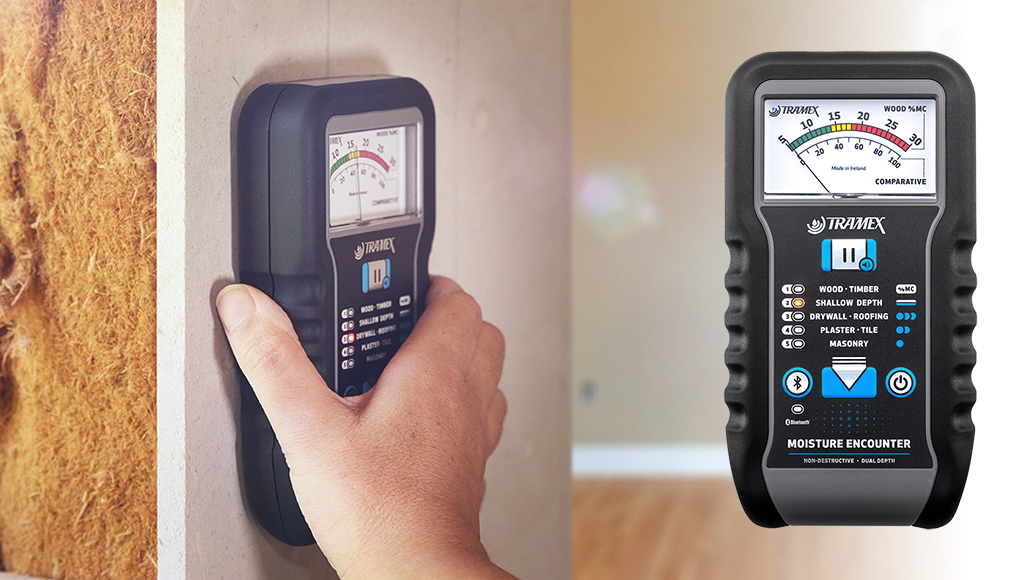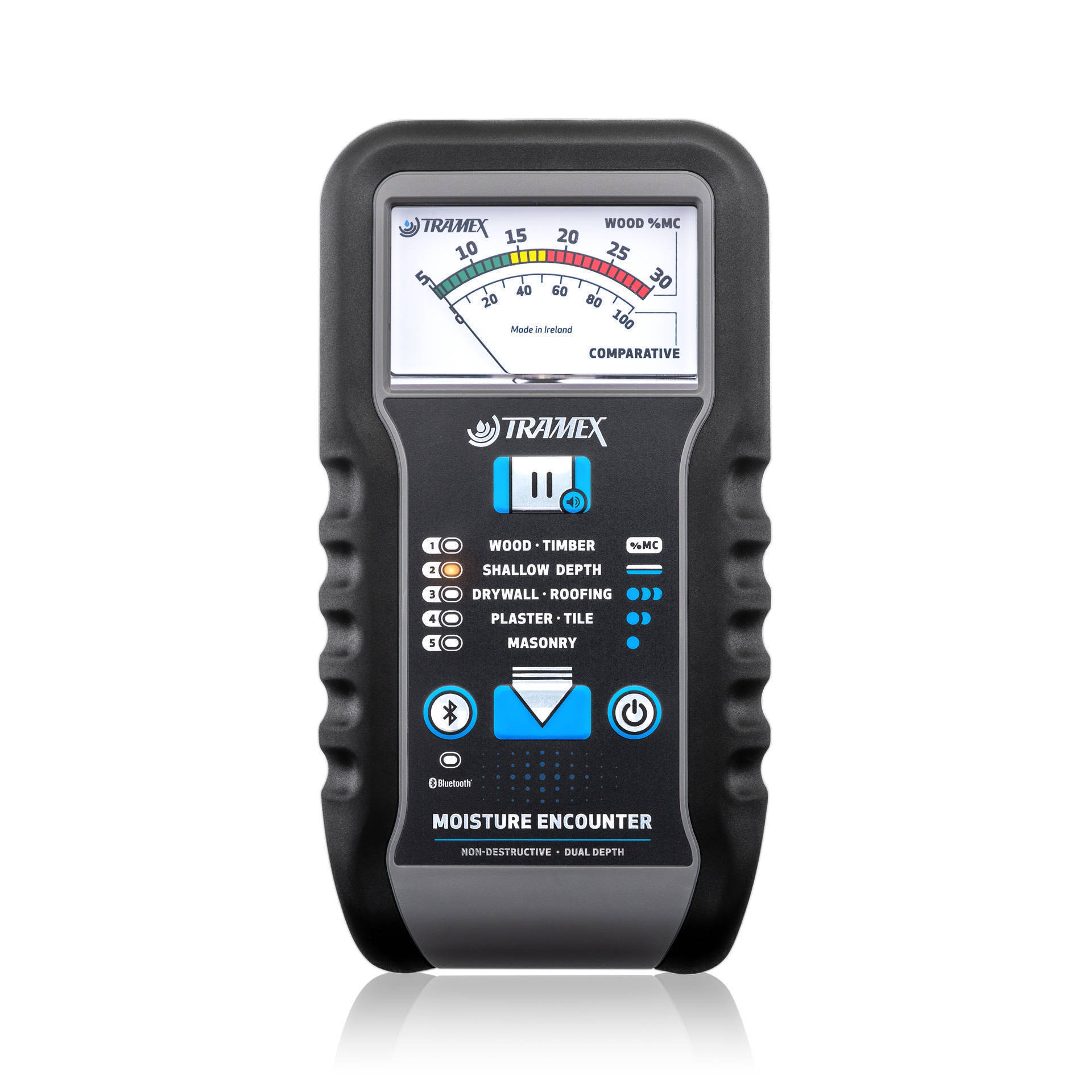The Ultimate Guide to Wetness Meters: A Comprehensive Overview and Exactly How They Can Save You Money
Dampness meters serve as vital tools in finding and keeping an eye on moisture content in materials, helping in stopping costly damages and guaranteeing the top quality of products. Understanding the subtleties of various kinds of moisture meters, their applications, and the possible cost-saving benefits they offer can be a game-changer for companies and professionals alike.
Kinds Of Wetness Meters
One typical kind is the pin-type moisture meter, which measures the electrical resistance in between 2 pins placed into a product. Pinless wetness meters, on the other hand, usage electro-magnetic sensor plates to scan a bigger location without triggering damage to the product's surface.

Infrared moisture meters gauge the thermal properties of a material to determine its dampness content non-invasively, making them useful for applications where pin or pinless meters may not be ideal. Comprehending the different kinds of moisture meters readily available can help sectors pick the most proper tool for their certain wetness measurement needs.

Advantages of Using Dampness Meters
Dampness meters offer very useful advantages in properly checking and evaluating moisture degrees in varied products and settings. One of the main advantages of using dampness meters is the prevention of prospective damages caused by excess moisture.
Additionally, making use of moisture meters can bring about enhanced energy performance. By identifying locations with high dampness degrees, such as leakages or poor insulation, changes can be made to improve energy preservation and decrease utility costs. In agricultural settings, dampness meters play a vital function in enhancing crop yields by enabling farmers to monitor soil moisture levels and make informed watering decisions. On the whole, the advantages of using moisture meters extend throughout different markets, giving affordable services and advertising far better quality assurance methods.
Just How to Pick the Right Dampness Meter
Picking the suitable wetness meter entails thinking about key aspects such as product compatibility, measurement range, and calibration precision. When choosing a moisture meter, it's necessary to make certain that the meter is appropriate for the details product you will be testing. Different products have differing electrical buildings that can impact wetness analyses, so selecting a meter made for your product is important for accurate outcomes. Additionally, consider the measurement range of the wetness meter. Guarantee that the meter can find moisture degrees within the array required for your applications. Calibration precision is an additional essential element to bear in mind. Go with a dampness meter with trustworthy calibration to ensure regular and exact analyses. Some meters may need routine calibration changes, so comprehending the calibration procedure is essential. By meticulously evaluating these elements, you can pick a wetness meter that meets your needs and gives accurate moisture dimensions for your projects.
Proper Techniques for Dampness Meter Usage

Expense Savings Through Moisture Meter Applications
Exactly how can the critical usage of dampness meters result in considerable price financial savings across numerous markets? Dampness meters play a critical role in cost savings by stopping potential damages and guaranteeing quality assurance in various fields. In the farming market, dampness meters help in identifying the ideal time for collecting crops, preventing excess or over-drying wetness that can impact the last item's top quality. This specific surveillance aids farmers avoid unnecessary losses and optimize their yield.
In a similar way, in building and construction, dampness meters assist protect against expensive damages by finding wetness degrees in structure materials, such as wood or concrete, which can cause structural problems if not resolved without delay. By identifying Bonuses issue areas at an early hop over to these guys stage, contractors can take rehabilitative procedures to prevent extensive fixings or substitutes, eventually saving time and cash.
Furthermore, in the food processing sector, wetness meters are important for monitoring item top quality and making sure conformity with safety and security regulations. By precisely determining wetness content in food, producers can prevent wasting, keep quality, and minimize waste, resulting in significant expense savings. On the whole, the strategic application of wetness meters is a beneficial investment that can result in significant cost reductions and boosted effectiveness throughout numerous industries.
Final Thought
In conclusion, moisture meters are valuable devices for gauging and spotting moisture degrees in numerous materials. By using the ideal wetness meter and following proper techniques, individuals can efficiently avoid pricey problems triggered by excess moisture.
Moisture meters serve as essential devices in discovering and keeping track of moisture content in products, assisting in avoiding expensive damages and making certain the top quality of products. Infrared wetness meters gauge the thermal properties of a material to identify its moisture web content non-invasively, making them valuable for applications where pin or pinless meters might not be suitable.Dampness meters provide invaluable benefits in precisely assessing and keeping track of wetness degrees in varied products and atmospheres. In agricultural settings, moisture meters play an important function in enhancing plant yields by allowing farmers to monitor dirt visit this website dampness levels and make informed watering choices.In final thought, dampness meters are beneficial tools for identifying and determining wetness levels in numerous materials.